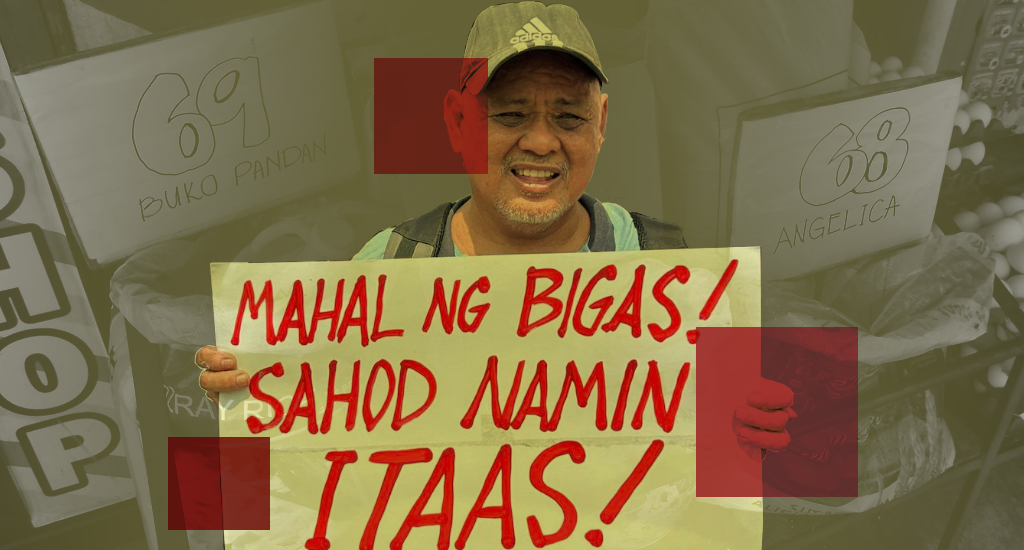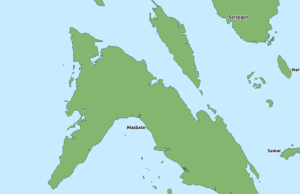Rice inflation soars to 23.7% in February


February saw relentless increases in the price of rice, the staple food of Filipinos. Average “rice inflation” reached 23.7% and 26.3% for the poorest 30% of Filipino families. Rice inflation is higher for this sector because food constitutes a higher percentage of their small income. The last time rice inflation soared higher was in 2009.
According to the Philippine Statistics Authority (PSA), the average share of rice in the expenses of Filipino families is 8.87%. But it reaches 17.87% for the poorest bottom 30% of families.
Based on PSA monitoring, the price of rice rose by 27.1% per kilo, or from an average of ₱43.99 in February 2023, to ₱55.93 last month. Before Ferdinand Marcos Jr took office in 2022, it was only ₱38/kilo. Instead of going down to ₱20, as he promised, rice prices increased by more than ₱17/kilo.
Rice price increases was the main reason why inflation rate rose again from 2.8% in January to 3.4% in February, admitted the PSA. It says prices will increase in the next five months, as many farmers suffer the effects of El Niño.
Farmer groups have denounced the state’s rice importation policy, which is touted as a “response” to rising rice prices. In January, the country imported 3.6 million metric tons of rice. Marcos order a further increase when he contracted Vietnam to supply up to two million metric tons of rice per year for the next five years.
According to Bantay Bigas, despite the Philippines becoming the world’s number one rice importer, rice prices in the country have not decreased or even slowed down. Its demands: stop the importation of rice and repeal the Rice Liberalization Law that allowed unrestricted importation.
“The Rice Liberalization Law only resulted in the monopoly control of big traders, hoarders, importer cartels and smugglers in the supply and distribution of rice,” it said.










